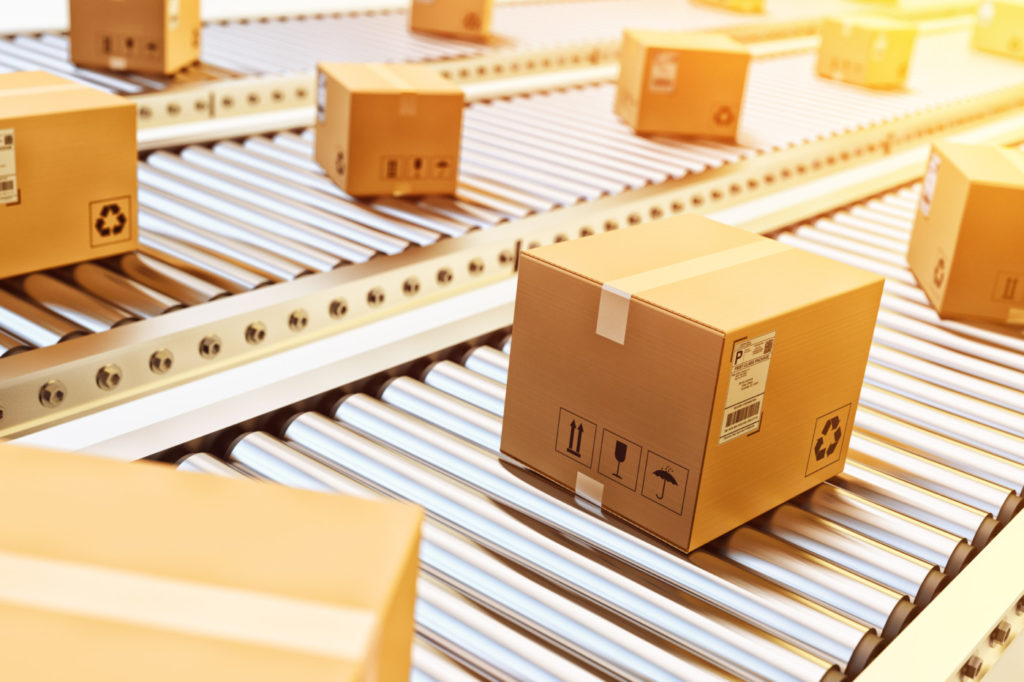Help your customers reduce costs, avoid damaged goods, and improve their brand image.
With the growing popularity of online shopping, the arrival of a package on the doorstep is often the first impression a company makes on new customers. And it’s a big one.
According to an independent study of the emotional responses to protective packaging material by Packaging Insight, “an overwhelming 73 percent of participants indicated that they would be unlikely to purchase from the company again after receiving a damaged item.”
Greg Alvarado, a packaging specialist at Millcraft, shares his top considerations for protective packaging to help you reduce costs, avoid damaged goods, and make a strong first impression.
Determine the type of protection needed. Is the item fragile? Does it need to be refrigerated? Are electronics involved? How will it be handled? The type of product and shipping method dictate the structure of the package and protective material needed.
Pick the right material. Bubble wrap, air pillows, corrosion inhibitors, foam-in-place, clamshells, inflatable void fills, industrial papers, and kraft paper are all examples of protective packaging materials that can be used individually or in combination.
Align the level of protection to the product. Make sure protection is appropriate in size and construction with the value of the product. A $10,000 aftermarket car part demands a higher level of care than a $1 fidget spinner.
Deter theft. With thieves stealing packages off doorsteps, many companies have abandoned bright, brand-focused outer packaging in favor of plain brown boxes. In some instances, they print colorful brand-enforcing graphics on the interior of the shipping box, or simply include a decorative box within the plain outer box.
By Laurie Hileman

